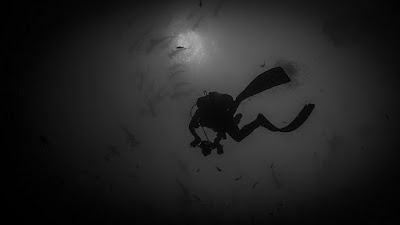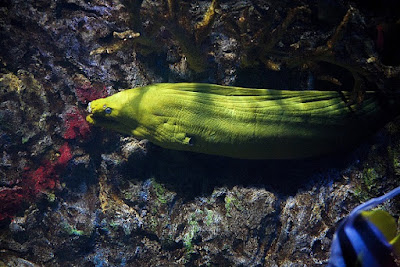Underwater photography is an exciting and interesting hobby. It allows you to capture breathtaking and life-like images of underwater environments. But it’s not easy without the right equipment. That’s why many avid underwater photographers invest in high-quality underwater cameras and other diving related equipment. One essential piece of diving related equipment is an underwater camera. There are several types of underwater cameras, with varying specifications and features. Once you decide on the type of camera you want to use, you can take steps to make sure your camera is waterproofed for use underwater.
Underwater cameras are usually referred to as scuba cameras since they use compressed air / air tight enclosure to operate safely. The main types of underwater cameras include housing-only models and housing / lens combinations. Scuba housings are compact, waterproof cases that allow you to place your camera inside and dive away without having to worry about it being damaged or malfunctioning.
Video: Amazing Underwater photography with the Canon EOS C70 by Naucrates in Indonesia
[Locations: Komodo, Triton Bay, Forgotten Islands and Banda Sea]
Although using an underwater camera requires a lot of time and patience, taking good photographs under water is immensely fun once you know what tools work best for the task at hand. To ensure your new hobby goes smoothly, be sure to buy a good quality camera housing to ensure that your camera is still in good working order after being submerged, as there are many housings out there for sale that are not up to the job. Some brands that are definitely up to the job and worth considering are - Sea & Sea, Aquatica, Nauticam, Ikelite, Marelux and Isotta.




Comments